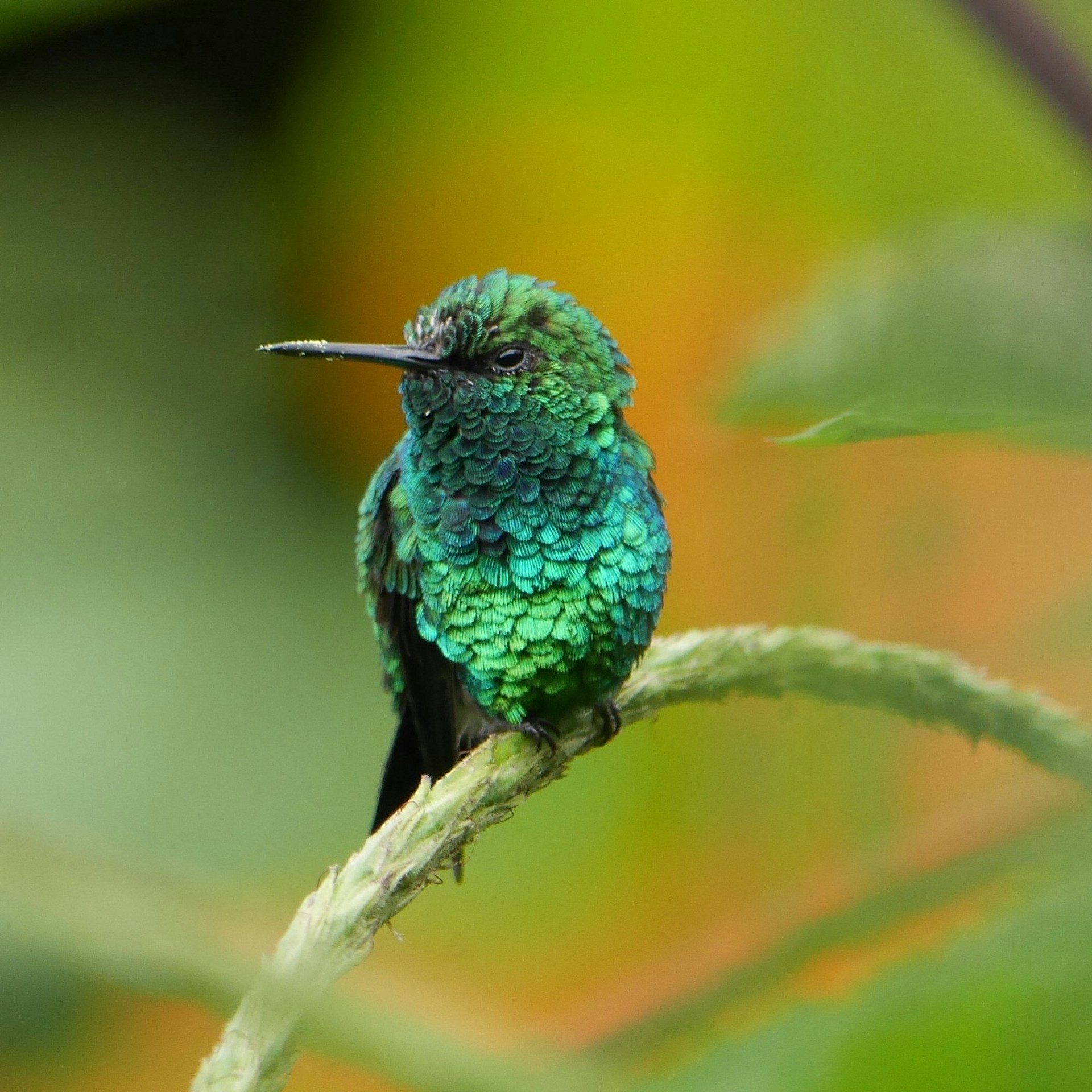Creating a Sustainable Hummingbird Habitat in Urban Environments: Lessons from a Neighbor’s Garden
Introduction
The charm of hummingbirds flitting through gardens is an experience cherished by many outdoor enthusiasts. For those of us living in urban environments, creating sustainable hummingbird habitats has become increasingly crucial. With natural resources dwindling due to urban sprawl, our backyards can become essential sanctuaries for these remarkable creatures. This article explores practical ways to create hummingbird-friendly spaces, drawing lessons from my late neighbor’s garden that became a haven for these tiny marvels.
My Neighbor’s Hummingbird Oasis
For over a decade, my late neighbor cultivated a garden that became a hummingbird oasis. It had a variety of native plants, including trumpet vines and cardinal flowers, which are well-known for attracting hummingbirds. His efforts led to a flourishing local hummingbird population, creating a vibrant ecosystem that captivated the community.
The blossoms of the trumpet vines and cardinal flowers provided an uninterrupted nectar source, which helped maintain the hummingbird population through various seasons. Observers would often see hummingbirds darting from flower to flower, sipping nectar, and showcasing their aerial acrobatics. This oasis was a prime example of how focused and knowledgeable gardening practices could substantially impact local wildlife.
The Impact of Habitat Loss
Sadly, when the property changed hands, the new owners promptly removed the trumpet vines and cardinal flowers, unaware of their significance. This mid-season destruction had a profound effect on the local hummingbird community. Hummingbirds, which rely heavily on consistent nectar sources, found themselves abruptly deprived of essential food sources.
The effect of removing key hummingbird plants was immediate and dramatic. Deprived of their primary nectar plants, the hummingbirds became more reliant on my feeders, creating what I can only describe as a “riot” at the feeders. Maintaining this increased demand while juggling a busy travel schedule posed significant challenges, emphasizing the crucial need for sustainable, naturally replenishing resources.
Gold Nuggets for Creating a Sustainable Hummingbird Habitat
Plant Selection
- Arctostaphylos uva-ursi (Bearberry): This hardy ground cover has multiple benefits:
- Ground Cover: It effectively prevents soil erosion while offering a stable environment.
- Attraction: Its pinkish-white bell flowers bloom in spring, attracting hummingbirds.
- Wildlife Benefits: Edible red berries that persist through the seasons attract various wildlife, including hummingbirds.
- Penstemon: Known for its tube-shaped flowers rich in nectar, penstemon attractiveness for migrating hummingbirds makes it a favored plant. Native to regions like Colorado, Utah, and Wyoming, it thrives beautifully in both urban and garden environments.
Consistent Feeders
Maintaining consistent feeders is imperative, especially when natural food sources are removed. Some strategies for frequent travelers include:
- Automatic feeders: These products extend the accessibility and safety of feeders over multiple days, ensuring hummingbirds always have access to food.
- Community involvement: Encouraging neighbors or local communities to also put up feeders and plants helps share the responsibility of nourishing these birds.
Diverse Wildlife and Insect Synergies
Hummingbirds are part of a broader ecosystem that includes other wildlife and insects:
- Pollinators: Your garden can attract solitary bees, bumblebees, and butterflies, which play significant roles in pollination.
- Predators and Prey: Parasitic wasps, sphinx moths, and spiders maintain ecological balance by controlling pest populations.
Urban biodiversity offers a delightful and educational experience for dwellers, showing that even limited spaces can host a richly interconnected community.
Practical Tips for Urban Hummingbird Habitats
Creating a thriving environment for hummingbirds involves several considerations:
- Plant Placement for Optimal Hummingbird Access: Strategically place plants where they are visible and easily accessible to hummingbirds. Consider layering plant heights and ensuring a mix of sun and shade to meet different species’ needs.
- Water Sources: Adding features like small water fountains or bird baths attracts more hummingbirds. Maintain these water sources regularly, keeping them clean to prevent disease.
- Pest Control: Opt for natural pest control methods to avoid harming hummingbirds or beneficial insects. Encourage beneficial predators, and use organic treatments where necessary.
- Regular Maintenance: Regularly maintain feeders and plants to ensure they remain inviting and safe. Clean feeders frequently and refresh nectar solutions, especially during warmer weather to prevent fermentation and contamination.
Conclusion
Creating sustainable hummingbird habitats in urban areas is both a rewarding and vital effort. Even small, consistent actions can significantly impact hummingbird populations and biodiversity as a whole. By thoughtfully selecting plants, ensuring consistent feeders, and fostering a diverse ecosystem, urban dwellers can contribute to the conservation and enjoyment of these captivating birds.
Call to Action
If you are inspired to create your own hummingbird haven, step forward and get involved with local gardening clubs or wildlife conservation efforts. Your participation can make a difference. Share your experiences and tips in the comments or on social media to build a community of urban gardeners dedicated to supporting hummingbird populations.

